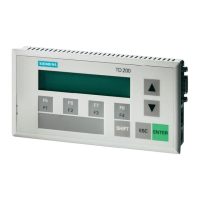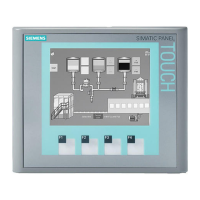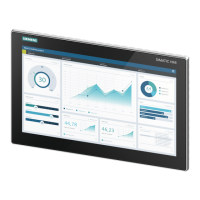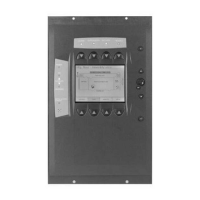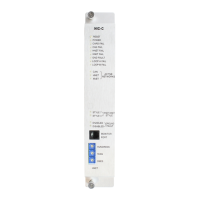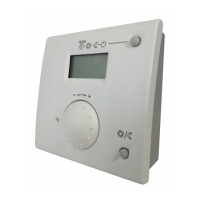What to do if Siemens SIMATIC TD 200 shows 'CPU NOT RESPONDING'?
- JjonesstephenAug 2, 2025
If your Siemens Recording Equipment displays 'CPU NOT RESPONDING', it could be due to several reasons: * The CPU address might be incorrect, so correct any address errors. * The CPU might not be powered; ensure it is powered up. * There might be cable issues; check all cable connections. * The baud rate might be configured incorrectly; correct the baud rate configuration. * Multiple CPUs might be using the same address; remove the extra CPUs and try again.
